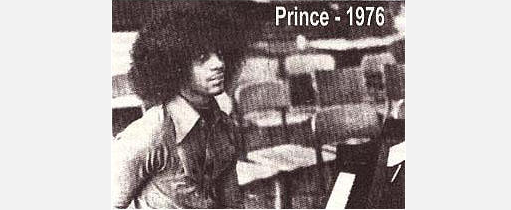There are those albums that can change someone’s perception of an entire genre of music. Willie Nelson’s Red Headed Stranger was such an album for me. But Nelson’s approach on his 1975 concept record not only challenged my preconceptions, it challenged the sureties of the country scene of the time. By perfecting the music’s capacity for aching beauty and sadness in spare, austere folk songs, Nelson paradoxically expanded its possibilities. His fellow artists thought it was “practically blasphemous and insubordinate,” notes Kelsey Butterworth, “to record country in so sparing a manner.”
Record buyers disagreed. Nelson fans loved Red-Headed Stranger’s dusty, wide open spaces, its ballads full of loneliness and regret. Without the overwrought production so many country singers received at the time, the songs became showcases for the plaintive cragginess of Nelson’s voice, and for the unmistakable sound of Trigger, his famous Martin N‑20 classical, “a gorgeous instrument,” writes Texas Monthly, “with a warm, sweet tone,” bought in 1969 by “a struggling country singer, a guy who had a pig farm, a failing marriage, and a crappy record deal.”
Trigger has been with Willie Nelson ever since, a companion as faithful as the horse it’s named after. The instrument is famous, mostly, for its beat-up condition, including a large hole near the bridge. But in the video above from Rolling Stone (narrated by Woody Harrelson) we learn much more about the relationship between man and guitar. The love was first kindled by Nelson finding in Trigger the tone he had been searching for—the tone of his guitar hero Django Reinhardt, “the best guitar player ever.”
But in Nelson’s hands, and playing his songs, Trigger became the distinctive sound of so much Outlaw Country, the “blasphemous and insubordinate” subgenre pioneered by Nelson, Waylon Jennings, Johnny Cash and others. “You hear that guitar,” says luthier Mark Erlewine, “even without him singing, and you go, ‘That’s Trigger.’” I think even casual fans of Nelson who only know his greatest hits can instantly pick up on the distinctiveness of his guitar’s mellow voice. “There’s a Hoodoo about Trigger,” says Erlewine, “that you just can’t mess with it.”
The biography of Trigger is inseparable from the story of Willie Nelson’s rise to fame, and we get a brief tour of his career above. Nelson began as a traditional buttoned-up Nashville crooner, but he decided to retire his act and move back to Texas to farm. Then he found Trigger. That meeting of player and guitar possibly reinvigorated Nelson’s entire career, inspiring his move to Austin and his complete reinvention of country music.
“Willie Nelson and His Famous Guitar: The Tale of Trigger” will be added to our collection, 4,000+ Free Movies Online: Great Classics, Indies, Noir, Westerns, Documentaries & More.
Related Content:
Willie Nelson–Young, Clean-Shaven & Wearing a Suit–Sings Early Hits at the Grand Ole Opry (1962)
Willie Nelson Auditions for The Hobbit Film Sequel, Turns 80 Today
Johnny Cash: Singer, Outlaw, and, Briefly, Television Host
Josh Jones is a writer and musician based in Durham, NC. Follow him at @jdmagness


